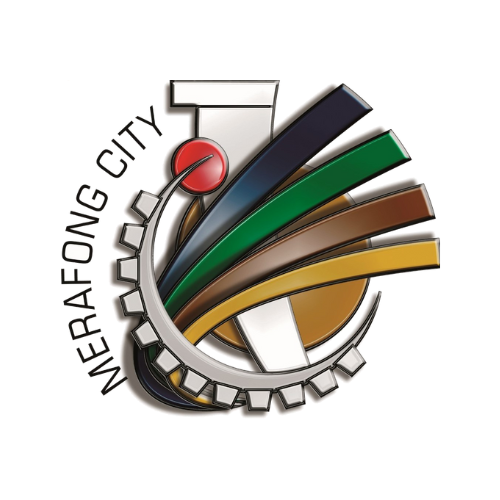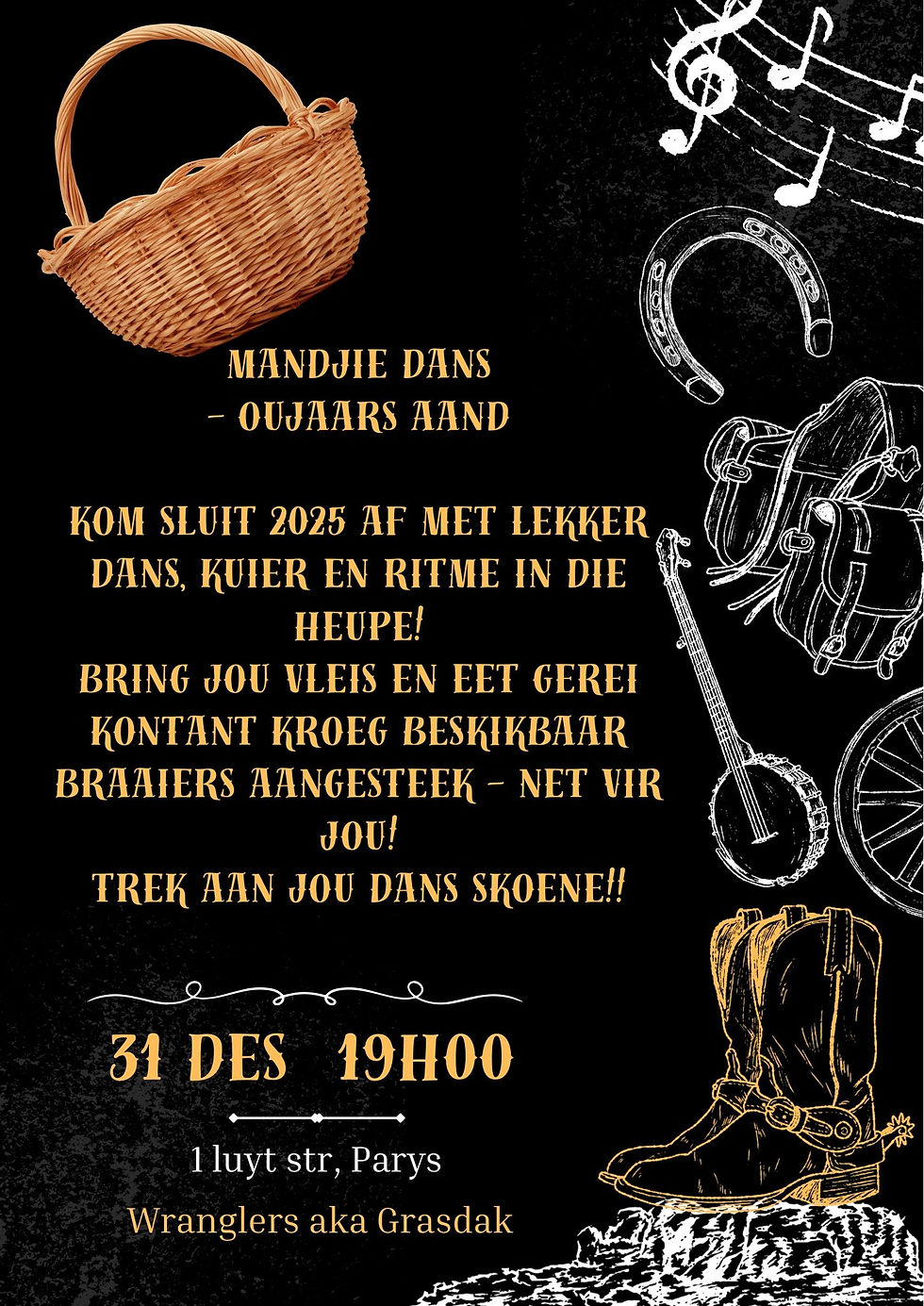Merafong City Local Municipality: Overview & Contact Details
- Karen Scheepers

- Jul 29
- 5 min read
Merafong City Local Municipality (MCLM), formally designated as a Category B municipality under South Africa’s Municipal Structures Act, is a significant local government entity in the southwestern portion of Gauteng Province. Spanning roughly 1 631 km², it comprises 28 wards and a mixed-member council structure, with 28 ward councillors and 24 proportional representatives .
Nestled within the West Rand District Municipality alongside Mogale City and Rand West, it encompasses urban towns, former mining settlements and rural areas, including Carletonville, Khutsong, Fochville, Kokosi, Greenspark, Welverdiend, Wedela, Blybank and a number of mining towns.

Historical and Geographic Context
Origins and Boundary Developments
Merafong’s name derives from the Setswana term for “mining area” or “mining region” – reflective of its gold‑rich heritage. The municipality’s history is inextricably linked to gold mining: Carletonville was established in the 1930s and ’40s to support extraction of some of the world's richest gold deposits. Fochville (declared a town in 1951) and Wedela (established in 1978 and recognised as municipal in 1990) also emerged around mining activity.
Originally formed in 2000 as a “cross‑boundary” municipality spanning Gauteng and North West provinces, Merafong was moved in 2005 into North West province. This shifted back in 2009 following legal and civic intervention sparked by unrest in Khutsong; the Constitutional Court ruled that the municipality must be realigned entirely within Gauteng.
Geography
The municipality’s terrain spans high‑veld goldfields, mineral‑rich landscapes and both dense townships and rural settlements. The area is drained by rivers such as the Magalies, Rietspruit, Wonderfontein Spruit and by the Lancaster Dam reservoir. Mining activity has impacted water quality in certain waterways.
Governance Structure & Leadership
Council Composition and Political Oversight
Merafong City is governed through a mixed-member proportional system: 28 ward councillors elected by first‑past‑the‑post in the 28 wards; and an additional 27 (or 24 per your sourced data) from party lists to ensure overall proportional representation. The African National Congress (ANC) has historically been dominant, though it lost its overall majority in the 2021 elections.
Executive and Administration
The political executive is led by the Executive Mayor, presently Councillor Nozuko Best, supported by a Mayoral Committee of ten full-time members overseeing allocated portfolios such as Finance; Public Safety & Transport; Human Settlement; Health & Social Development; Sports, Recreation, Arts & Culture; Corporate Services; Roads, Stormwater & Public Works; Integrated Environmental Management; Electricity, Gas, Water & Energy; and Local Economic & Rural Development. The Speaker, Deputy Mayor, Chief Whip and sectoral councillors operate under this structure (as per provided roster).
The administrative arm is led by the Municipal Manager (Dumisani Donald Mabuza), Chief Financial Officer (Palesa Makhubela), Chief Operations Officer, and a team of Executive Managers in Corporate Services, Infrastructure Development, Economic Development, and Community Services.
Since September 2022, the municipality has been under Section 139 provincial administration, reflecting oversight due to governance failures, with integration into West Rand and provincial intergovernmental structures

Economic Profile & Development Strategy
Economic Drivers and Structure
Mining remains the central pillar of Merafong’s economy, accounting for a large share of Gross Value Added due to its gold reserves. Other sectors, such as transport & logistics (~18%), business services (~15%), construction (~14%), trade (~11%) and manufacturing (~6%), also contribute to the local economy according to recent IDP and economic profiles.
Integrated Development Plan & Vision
The municipality’s Vision 2035 (reaffirmed in 2024/25 planning) focuses on building “an economically sustainable, community-oriented and safe city.” Its mission seeks to foster transparency, accountability, and effective service delivery through enabling governance and strategic interventions as detailed in the Draft IDP and related frameworks.
A suite of strategic documents filed in mid‑2025 includes the draft Final IDP 2025–26, budget and Medium Term Revenue & Expenditure Framework (MTREF), Fraud Prevention Plan, ICT Governance Framework, Integrated Waste Management Plan, Roads & Stormwater Master Plan, Human Settlement Plan, and a Tourism Development Strategy, among others merafong.gov.za.
Institutional Engagement & Oversight
Merafong actively participates in district, provincial and national intergovernmental forums, including the West Rand IGR structures and SALGA assemblies. These networks are intended to support alignment with provincial and national outcomes, but the municipality does not operate wholly independently, it remains subject to provincial intervention under S139 and oversight mechanisms
Key Assets and Opportunities
Abe Bailey Nature Reserve
A major environmental and tourism asset within Merafong is the Abe Bailey Nature Reserve, a protected area of over 4 200 hectares near Carletonville/Kputsong. It supports over 280 bird species including flamingos, storks, raptors and vultures, along with mammalian species like black‑backed jackal, serval, caracal, zebras, springbok, duikers and rare sightings of leopards and aardvark Wikipedia. This reserve offers eco‑tourism, education and conservation potential.
Transport & Connectivity
Given its strategic location on national roads (N12, N14), Merafong is well‑placed for inter‑municipal trade and logistics. Proximity to Johannesburg (≈65 km) places it within a broader Gauteng City Region growth corridor, with potential for economic growth linked to Gauteng’s western development corridor initiative

Resident Engagement and Public Participation
MCLM maintains systems of ward committees and public participation forums as mandated by the Municipal Structures Act Sections 16 and 17. These structures aim to ensure citizen involvement in planning and accountability in governance. The municipality frames these as institutionalized platforms elevating community engagement in policy‑making, budgeting and IDP reviews merafong.gov.za.
📞 Contact Information
Use the following channels to reach municipal services or submit queries:
Postal Address: PO Box 3, Carletonville, 2500
Physical Address: 3 Halite Street, Carletonville, 2499
Main Switchboard: +27 18 788 9500
Residents’ Contact Centre: +27 18 788 9990
Municipal Manager (Mr. Dumisani Donald Mabuza): Tel: 018 788 9519 | Email: mmsecretary@merafong.gov.za
Other key departmental lines include:
Accounts: 018 788 9572
Electricity & Water: 018 788 9656
Waste & Refuse: 018 788 9982 / 9990
Roads/Maintenance: 018 788 9781 / 9782
Water service queries: 018 788 9782
For anonymous reporting or ethics concerns, the Tip‑off/Fraud Hotline is available: 080 111 1633 (SMS: 49017, Email: gpethics@behonest.co.za) .
✅ Summary Table
Aspect | Details |
Area | ~1 630 km² |
Estimated Population | ~197,520 (2011); ~225,476 (2022 estimate) |
Wards & Councillors | 28 wards with 28 ward-councillors + 27 proportional representatives |
Leading Officials | Executive Mayor: Nozuko Best; MMC overseeing tourism & LED: Cllr Endrew Mbaliso |
Key Economic Sectors | Mining, logistics, trade, business services, public services |
Tourism Highlight | Abe Bailey Nature Reserve |
Transport Links | N12 and N14 national roads; ~65 km from Johannesburg |
Head Office Contacts | Tel: 018 788 9500; Address: 3 Halite St, Carletonville |
Looking Ahead Merafong City Local Municipality is a region of contrasts: rich in mineral heritage and strategic location, yet grappling with persistent governance weaknesses, financial crises, and infrastructure decay. Its Vision 2035 reflects ambitious goals toward sustainability, safety, and effective service delivery. The municipality benefits from robust planning frameworks and natural assets such as the Abe Bailey Nature Reserve. However, mounting debt, poor audits, service disruptions, billing discrepancies and delayed infrastructure repair expose structural vulnerabilities.
Success in the coming years will depend on fiscal discipline, infrastructure renewal, economic diversification and renewed public trust. Only through transparent governance, strategic investment, and meaningful community engagement can Merafong transform its potential into lasting progress for all its residents.









Comments